Climate change fuels Australia’s enormous wildfires
Bushfires are a normal part of the cycle of nature in Australia. But not like this. And it is going to get worse.
Fires in Australia’s wilderness are quite common, and several species are entirely dependent on fires occurring occasionally. But this year is far worse than normal, and it will have disastrous consequences for animals and plants in the country. The worst is probably still ahead.
“We might not see any significant rain until March,” says Australian Sam Perrin. He is a PhD candidate at the NTNU University Museum’s Department of Natural History, and is taking his doctorate at the Centre for Biodiversity Dynamics (CBD).
The Australian Bureau of Meteorology believes that it may well be less rainy than usual for this time of year, which is normally a dry period anyway. The worst forest fires in Australia most often occur in February.
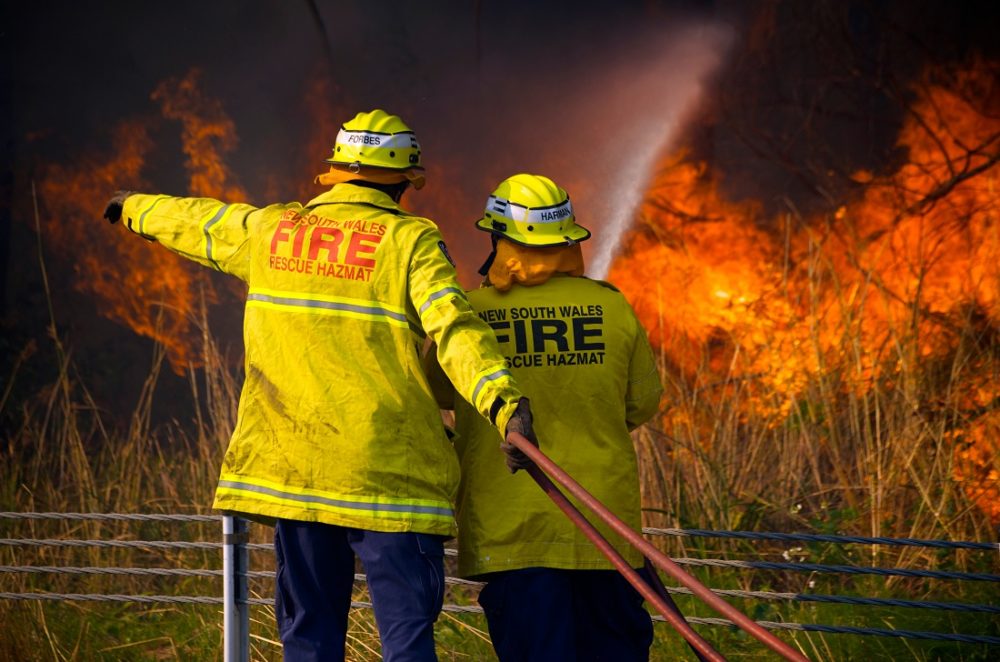
Bushfires are quite common in Australia. But not at this level. Photo: Karl Hofman, Shutterstock, NTB Scanpix
Warmer than before
So far, the fires have ravaged about 50 000 square kilometres, mainly in the eastern part of the country. By comparison, this area would cover most of the south of England.
Perrin has no doubt as to the cause of the fire’s massive scope.
“Nine out of the ten hottest years ever in Australia have been recorded since 2005,” says Perrin.
The climate has gotten warmer. Now we’re seeing the consequences of that. More on why later.
“9 out of the 10 hottest years ever in Australia have been recorded since 2005.”
Animals and plants hardest hit
“The fires have affected 480 million animals,” said Professor Chris Dickman at the University of Sydney back in September – and he was only talking about the state of New South Wales.
“This is a conservative estimate,” says Perrin.
This number only includes most mammals, birds and reptiles. But it does not include insects, bats or frogs.
Dickman updated the number to 800 million a few days ago. This number doesn’t reflect how many animals have been killed. But it does mean that they are being driven away from their home areas and that these habitats will be destroyed for many years to come.
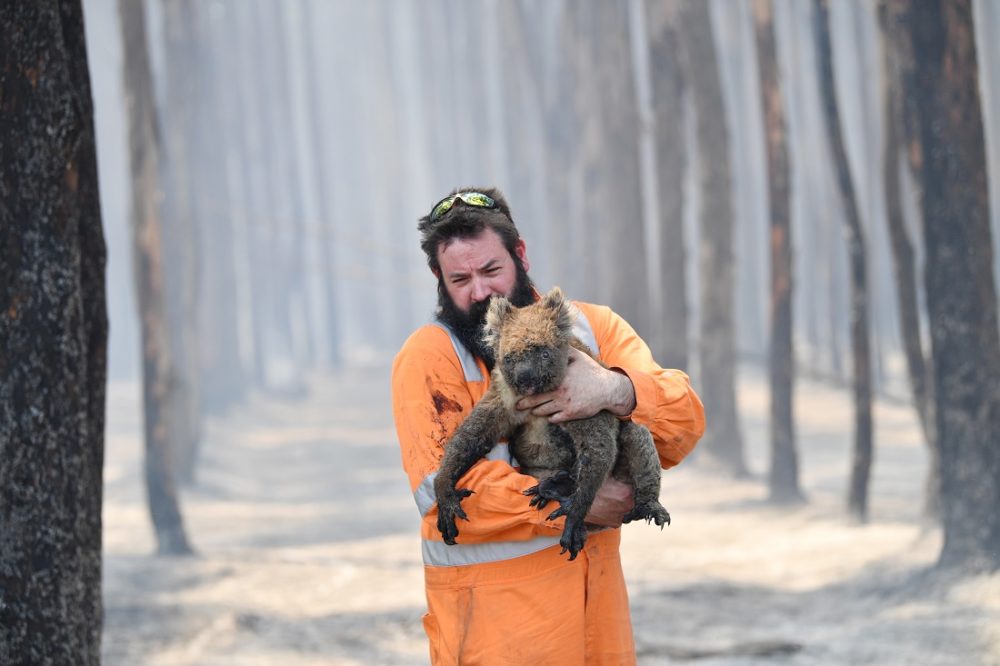
Adelaide wildlife rescuer Simon Adamczyk holds a koala he rescued at a burning forest near Cape Borda on Kangaroo Island, Australia, 07 January 2020. A convoy of Army vehicles, transporting up to 100 Army Reservists and self-sustainment supplies, is on Kangaroo Island as part of Operation Bushfire Assist at the request of the South Australian Government. Photo: EPA/David Mariuz/NTB Scanpix
Predation and loss of habitat
The animals aren’t necessarily all dying in the fires. But their habitats may be completely different later, and may not support all the species they previously did.
Some species may be more susceptible to being taken by non-native predators introduced to the country by humans.
Australia has over seven million foxes and perhaps as many as six million wild cats. Many Australian animals cannot defend themselves against these species.
Some species die out or disappear, both worldwide and locally. And one species’ disappearance can affect several other species.
Nature is a gigantic network of species that interact and impact each other, and as these interactions disappear, an ecosystem can lose key functions that can reduce its ability to support life even further.
- You may also like: Planting the seeds for a bioliterate tropical country
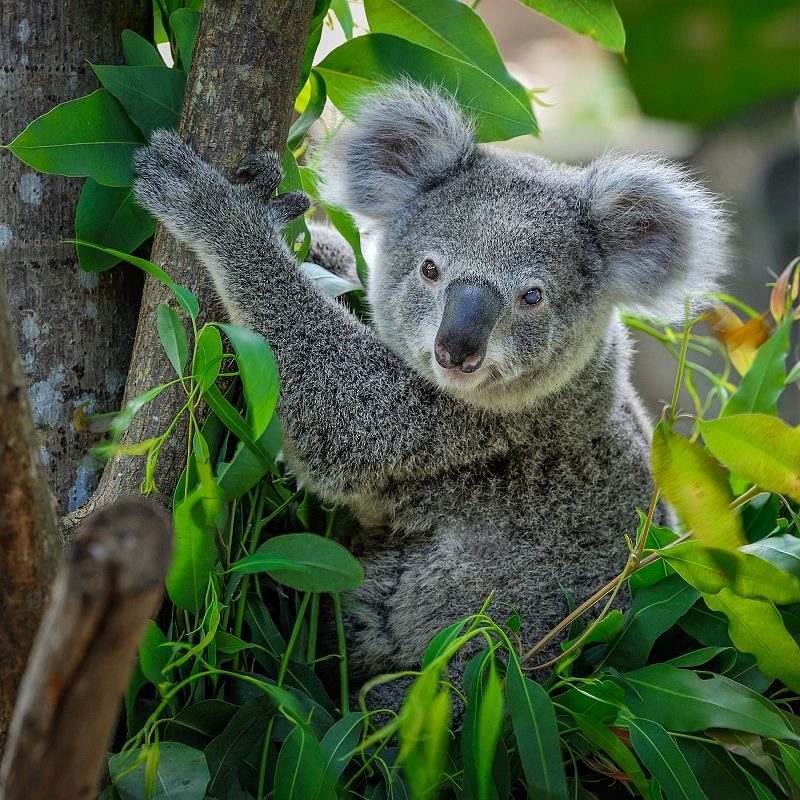
Koalas are really cute. That’s why you care about them. The situation is bad, but the koala isn’t threatened with extinction. Yet. Photo: Shutterstock, NTB Scanpix Photo: NTB scanpix
No, koalas are not endangered
A message that koalas are about to be wiped out as a result of the fires quickly spread in the media. That’s what happens when soft, fluffy creatures are threatened. But fortunately this rumour isn’t true.
Koalas are found in a wide area, even outside the fire-ravaged areas. That doesn’t mean the situation isn’t serious for them too. Around 3000 koalas may have been killed, and this could mean that they will disappear locally.
“Koalas vary from place to place, and may differ in their behaviour and dietary habits,” Perrin says.
They are highly specialized animals that feed exclusively on eucalyptus leaves. And not just any eucalyptus, but the exact species that are nearby. So you can’t just pick up koalas from elsewhere and think that they’ll thrive if you reintroduce them to an area where they’ve disappeared.
“If these big fires become commonplace, the koalas may be worse off in a few years,” Perrin says.
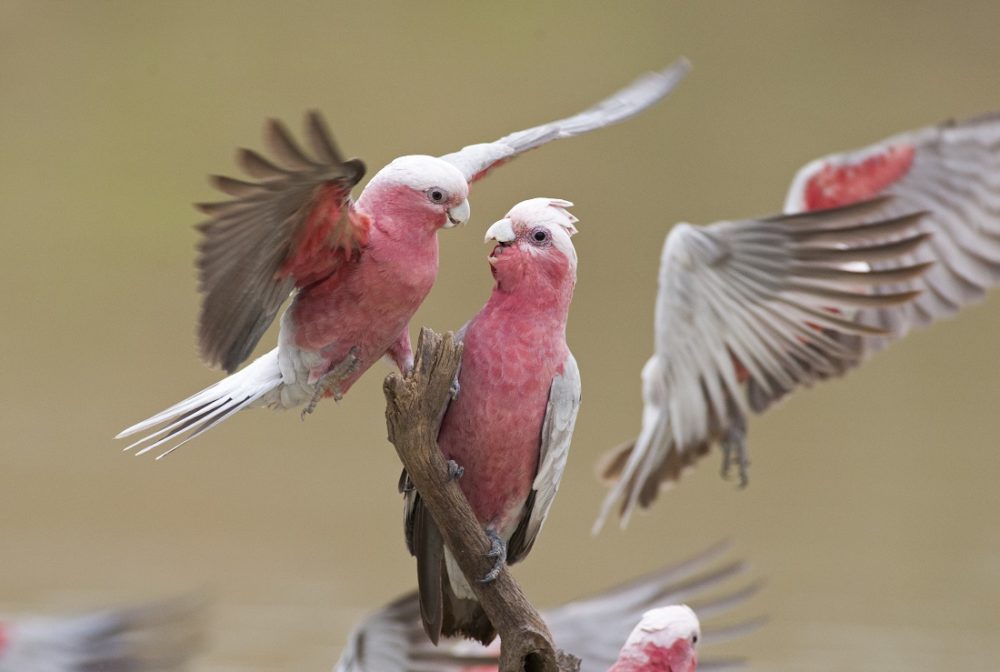
Australia has fantastic bird life and diversity. Many species are threatened. Galahs, shown here, are currently not threatened. Photo: Shutterstock, NTB Scanpix
Can’t build enough firebreaks
So why is the change in climate so dangerous?
A warmer climate means not only that the land becomes bone dry, making it easier for fires to occur and spread easily. It also means that it will be more difficult to prevent the fires from getting so big.
A common tactic in several places to limit the extent of wildfires is to backburn the firebreaks in the spring. People scorch paths in the outback by setting controlled fires.
When a wildfire occurs later, it has a more limited scope because it dies out by itself when it reaches a firebreak where there’s nothing left to burn.
“But the warmer climate has made the period where backburning is possible much shorter,” Perrin explains.
Backburns have to be done right after the more humid winter season, and before the vegetation has become so dry that it is impossible to control the man-made burns.
Grass takes over
Farming also has to take a share of the blame. The original vegetation has been eaten by cattle that were released into the Alpine landscape.
“A lot of people think that this reduces the risk of fire,” says Perrin.
But that’s not true. The original vegetation gets replaced mostly by grass. Highly flammable grass.
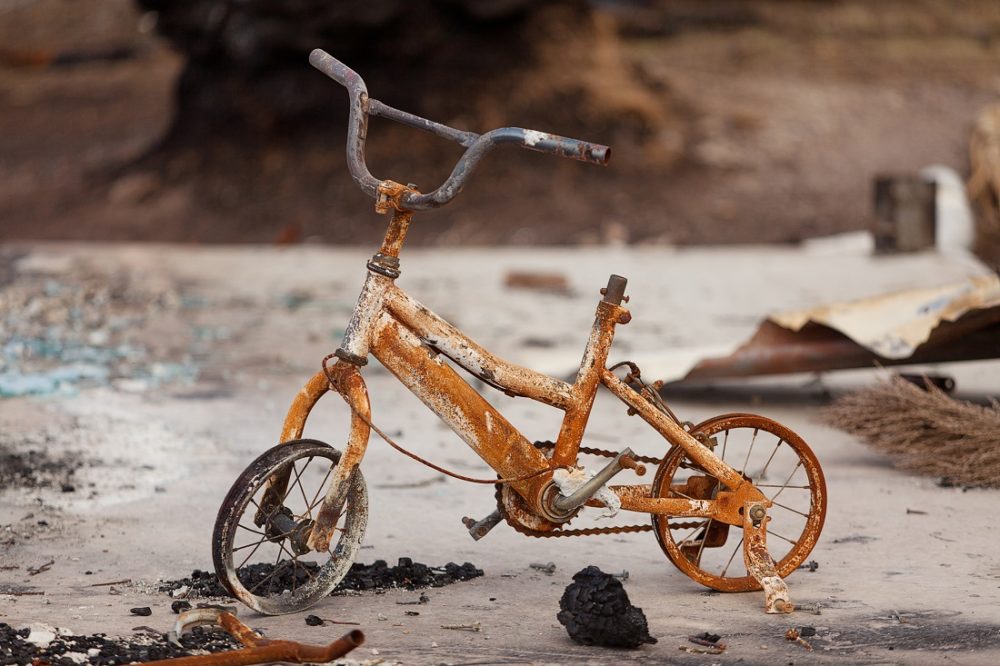
People in Australia will need to learn how to live with big wildfires. Photo: Shutterstock/NTB scanpix
Firefighters resort to crowdfunding
Australian Prime Minister Scott Morrison of the Liberal Party has been getting a lot of criticism lately by people who think he has done too little, too late. It was hardly a wise tactical move to go to Hawaii on vacation while the fires raged. But he is not alone in sharing political responsibility, either. The Greens are weak in Australia.
“At least defence force reservists and specialists have now been called in to help battle the wildfires,” says Perrin.
Critics believe this should have happened long ago.
The extinguishing of the fires has so far been carried out mostly by civilian volunteer firefighters. Twenty-four people have lost their lives in the fires so far, three of them firefighters. Perrin believes these volunteer firefighters should have received much more support, including financial.
“The volunteer firefighters are resorting to crowdfunding to raise money for proper equipment. What they have received from the authorities isn’t effective enough for dealing with fires like this,” says Perrin.
How you can help
If you want to donate money to help with the bushfires in Australia, there are many ways to give.
- Sam Perrin recommends this campaign by the Red Cross https://www.redcross.org.au/campaigns/disaster-relief-and-recovery-donate
- This link allows you to give directly to First Nation peoples who have been affected by the fire: https://www.gofundme.com/f/fire-relief-fund-for-first-nations-communities
- You may also like: Spending our carbon budgets wisely
Can’t become a habit
Calling in the military and supporting the volunteer firefighters are short-term measures that will not prevent fires from occurring. It will still be hot and dry.
However, Australia does not have a good reputation among people who believe that climate change is largely due to human activity. The country’s climate policy was recently ranked worst of the 57 countries in the 2020 Climate Change Performance Index.
But changes in climate policy would not make any difference in the coming decades. You can’t change the climate overnight or over a few years, no matter what you do.
It appears that Australia will continue to be hit by several unusually large fires in the years to come. The reasons are numerous, but are primarily related to the fact that the climate has changed.
“But we can’t let people get so used to fires of this magnitude that they see them as something natural,” says Perrin.
Fires in Australia are natural. But not these fires.
Read Sam Perrin’s blog post on the fires at ecologyforthemasses.com









